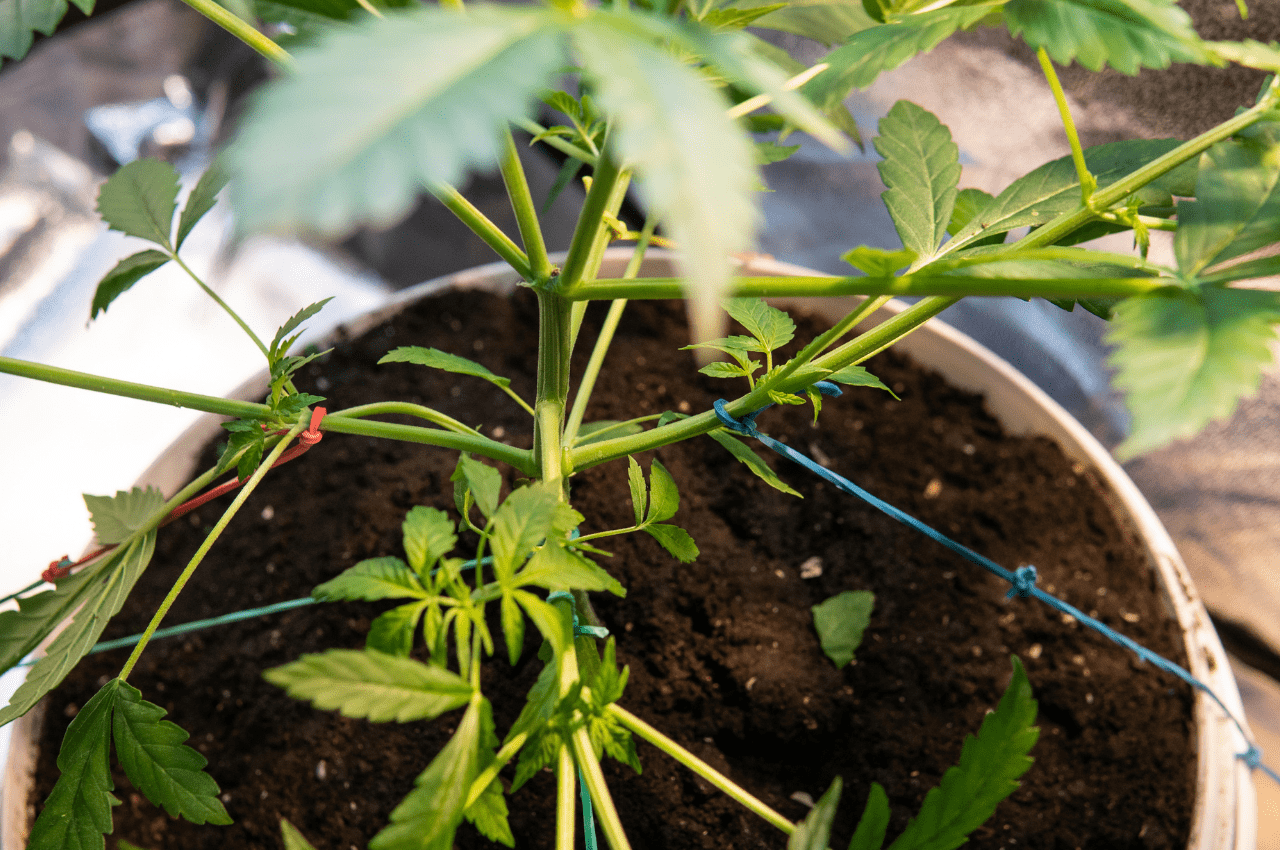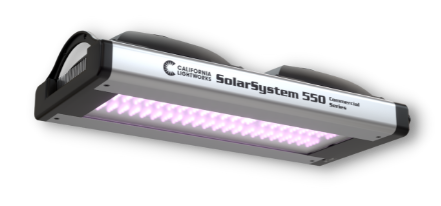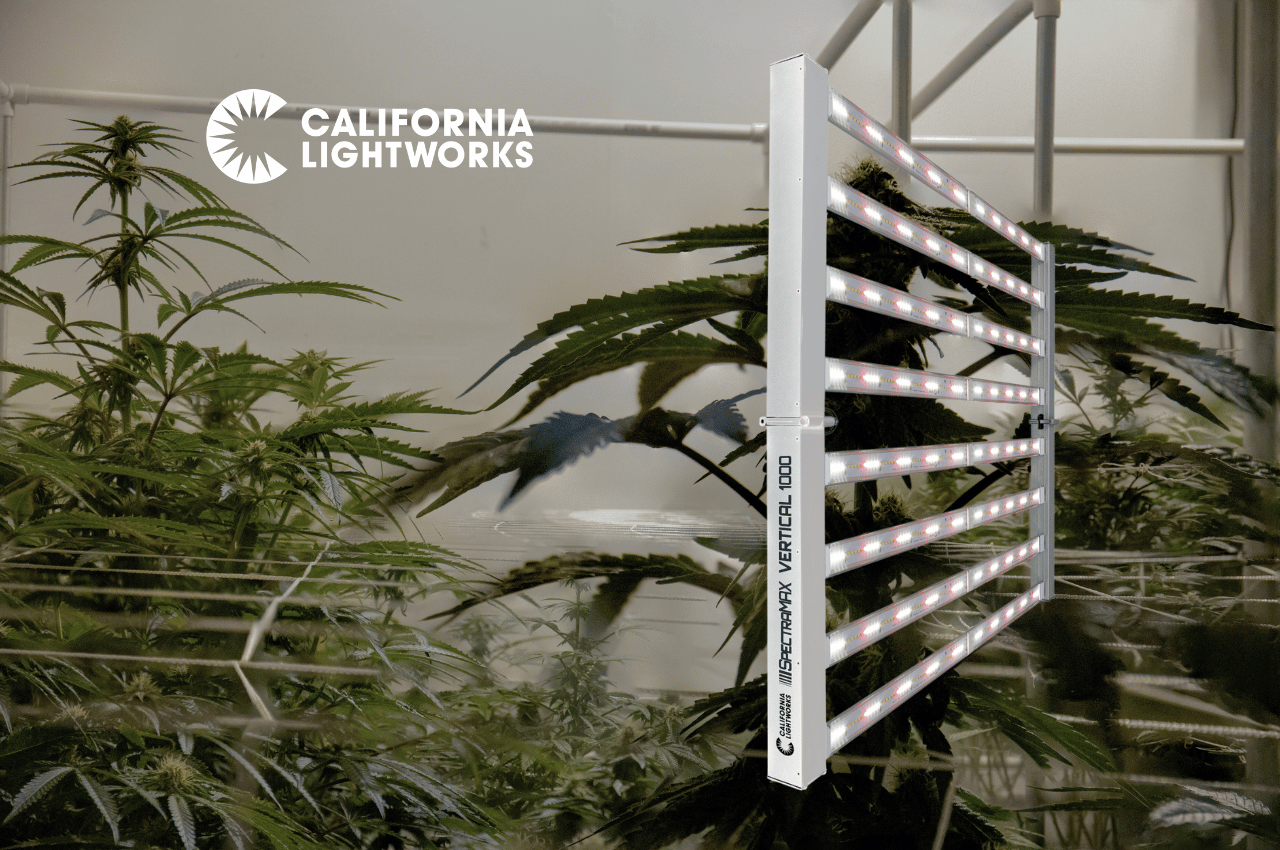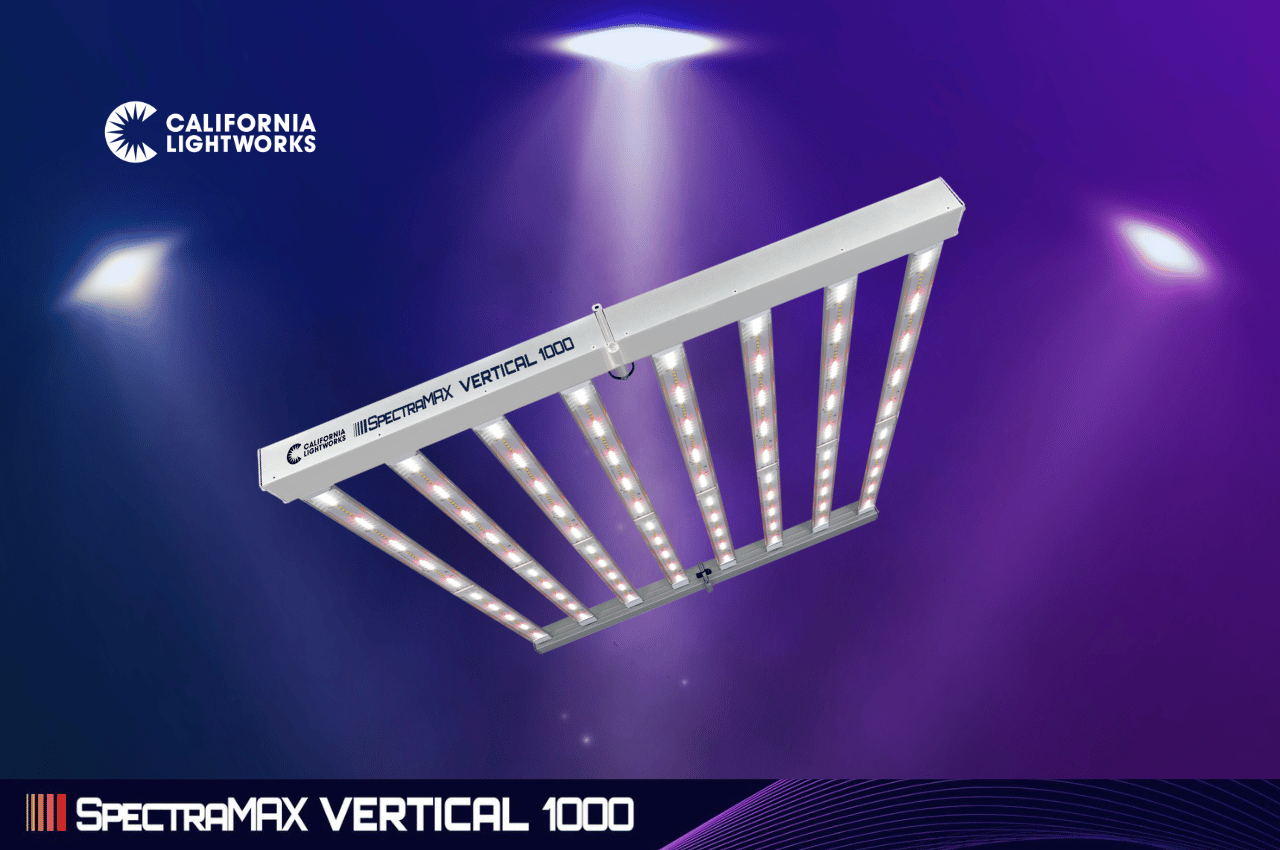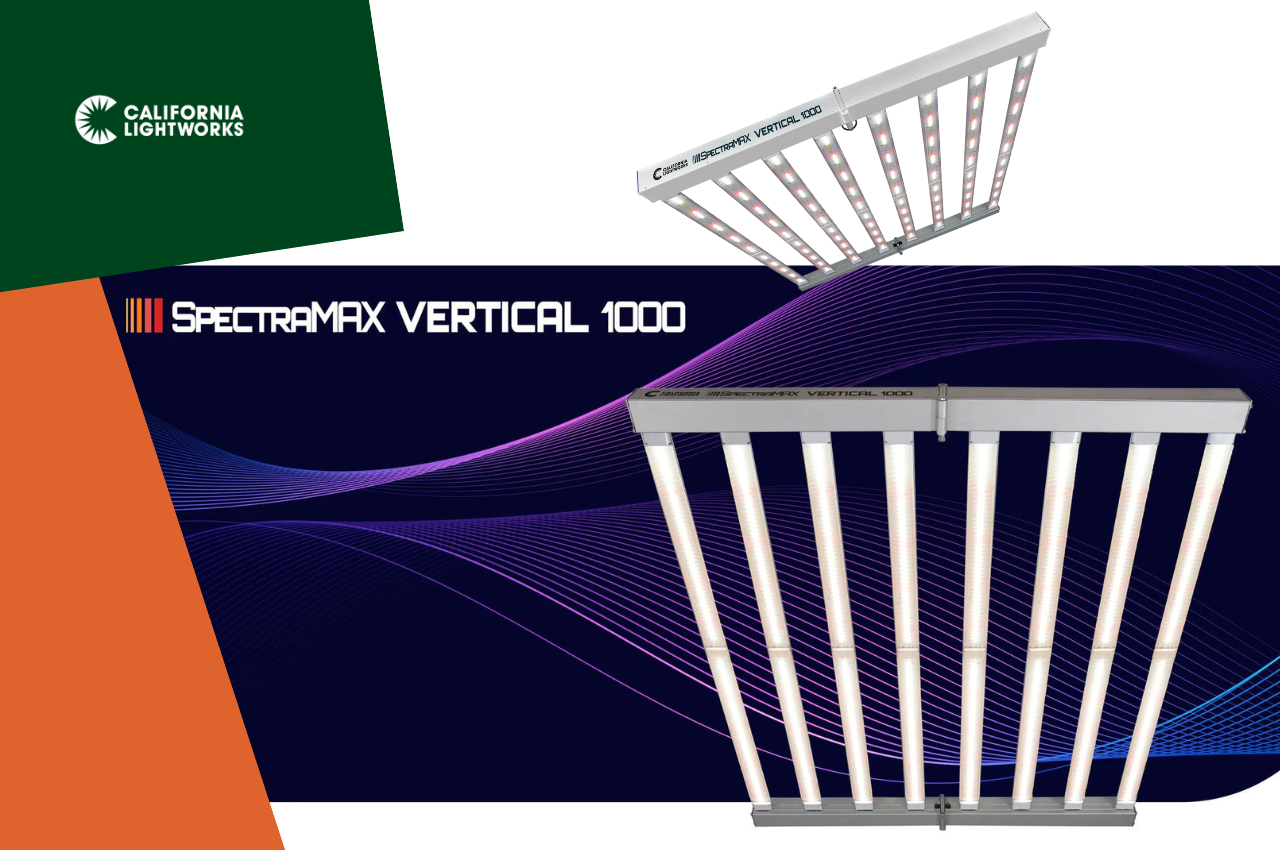If you have been growing for awhile, you are probably familiar with the concept of plant training. This is a process in which you physically manipulate a plant while it grows to produce more buds and a great final yield. There are two types of plant training: high stress training and low stress training.
When growing indoors, low stress training is generally the better option as it is designed to make the most of smaller spaces and limited light. When used successfully, low stress training can significantly increase your final yield.
While training techniques may sound complicated, the reality is that most growers can master them fairly quickly. You do not need specialized training or equipment to employ plant training methods. All it takes is a little precision and extra work to increase yields and help your plants thrive.
What Is Low Stress Training?
Low-stress training is a technique that helps plants create multiple “colas,” usually referred to as buds. It can help you make the most out of a smaller, usually indoor grow space.
When grown naturally, plants tend to be bushier at the bottom and grow into one narrow cola at the apex. As a result, you are left with one single, dominant bud at the top that makes use of most of the nutrients and light. Smaller buds are formed on the lower branches, which do not grow to be as big or as potent as the dominant bud.
With low-stress training, you can essentially flatten your canopy. As a result, all your buds have access to the same light source and hormones will distribute more evenly throughout the plants. This means a bigger, more potent final yield.
Low-stress training usually refers to a technique that ties down plant stems as they begin to grow, but another method – called the Screen of Green or ScrOG – forces plants to grow through a screen. When done right, both methods can have a profound impact on your plants and produce much bigger yields.
When Do I Start Low Stress Plant Training?
You can start low-stress training at any point in the vegetative state, but the later you start, the less dramatic your results will be. Ideally, start low-stress training the moment your plant’s stems and shoots are long enough to tie down. They should be sturdy enough to endure manipulation without being harmed.
Traditional Low Stress Training
Traditional low-stress training involves the use of string, pipe cleaners, or similar materials to tie down stems so they grow horizontally.
To start, create several small holes around the rim of your plant’s container. Bend the plant’s stems and secure it to the container using your chosen method. Some growers actually tie the stem itself so it coils as it grows, but using twine or string works just as well.
Be incredibly gentle when handling your plants. They are still young and will be fragile. Keep duct tape on hand in case a stem snaps or breaks. You can tape the broken stem together and it should heal on its own.
Monitor your plants closely. As new shoots and stems appear, tie them down as well. You also may want to trim any leaves in the beginning that block light to lower branches.
If you are diligent about securing stems throughout the entire process, your plants should grow more horizontally, creating a flatter canopy. When they enter the flowering stage, buds that would normally come in smaller and weaker are exposed more directly to light. They will grow much bigger and more luscious, leading to a more potent final yield.
The Screen Of Green
The Screen Of Green (ScrOG) method uses a large screen to encourage horizontal growth.
To start ScrOG, you can create a screen using materials like plastic trellis netting, metal, or rope. You will also need something – like wood posts – to hold the screen in place over your plants. Install your screen in the vegetative state before your plants have grown too high.
Once your screen is in place, wait until your plants grow close enough that they touch the screen. Each plant will end up with 10 or 20 branches stretching through the screen. Take the outermost branch and pull it outward. Then, weave the branch in and out through the screen. Once that branch is woven in place, continue with the next stem. Work your way inwards stem-by-stem until all branches are woven horizontally throughout your screen.
If there are center branches that are hard to reach, you can simply cut off the tops. This way, lower buds and needles on that plant receive more direct light and airflow. This allows their lower buds to more fully develop.
Throughout the process, remove any branches and leaves that do not reach the screen and block light from lower buds. Between weeks one and three of the flowering state, your plants will start growing fast. Monitor your screen closely during this time and move the branches as needed to ensure all buds get as equal amount of light as possible.
The Bottom Line
Low-stress training creates a more even canopy that allows all buds the opportunity to thrive. In traditional growing, usually a single bud near the top ends up monopolizing most of the air flow, nutrients, and lighting. By forcing your plants to grow horizontally, you create a final yield with many bushy, lucious buds.
Low-stress training allows you to make the most of small spaces, grow bigger plants with multiple buds, and produce significantly bigger yields without increasing your grow space or investing in more equipment. While it may sound complicated, if you handle your plants carefully and follow instructions closely, any grower can master low-stress training methods.
As with everything else related to indoor growing, low-stress training does take practice. You may have to run a few cycles before you have truly mastered the process, but it is well worth the payoff. Along the way, you also may discover techniques of your own that could be useful to other growers. Best of luck!


